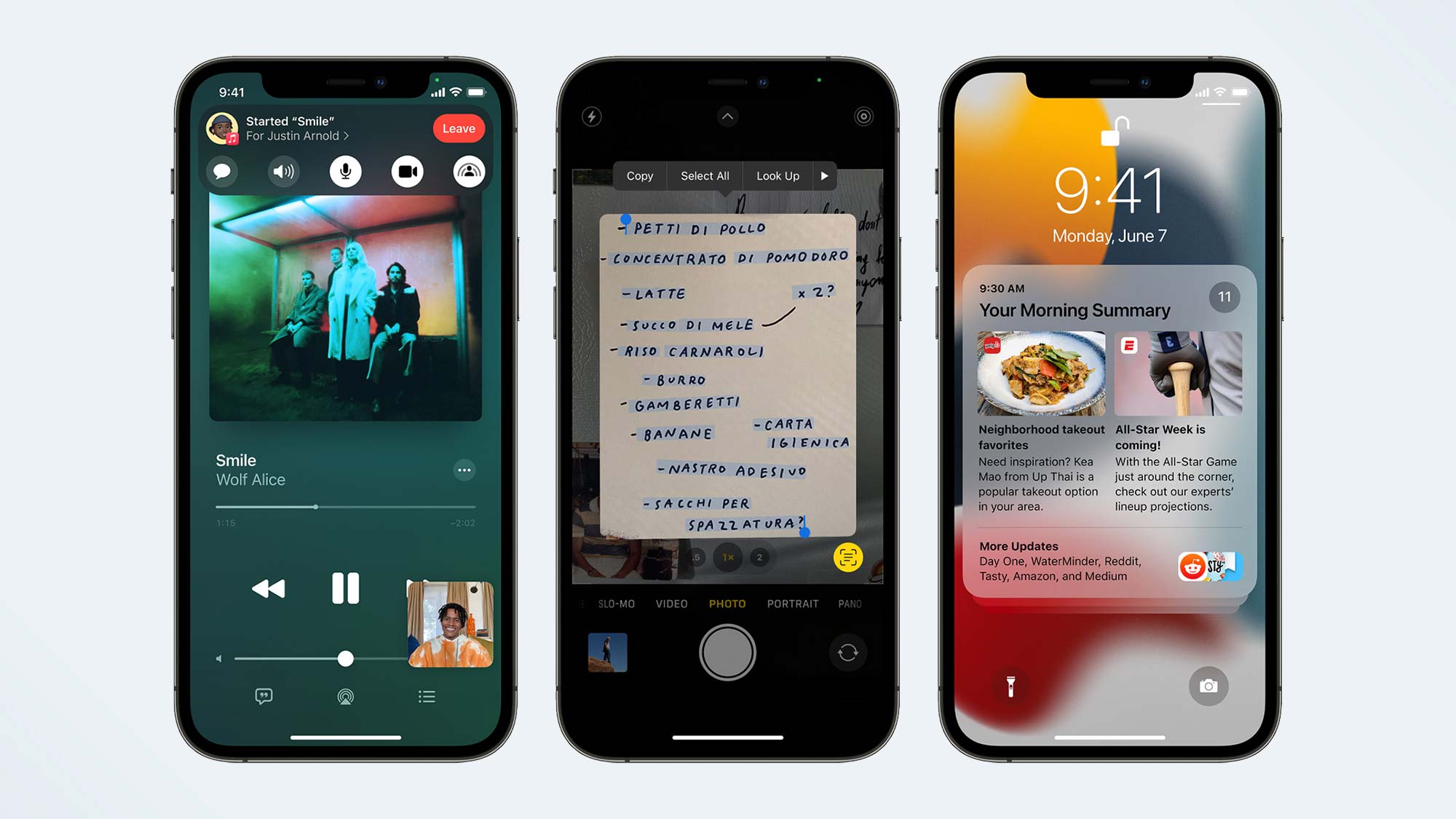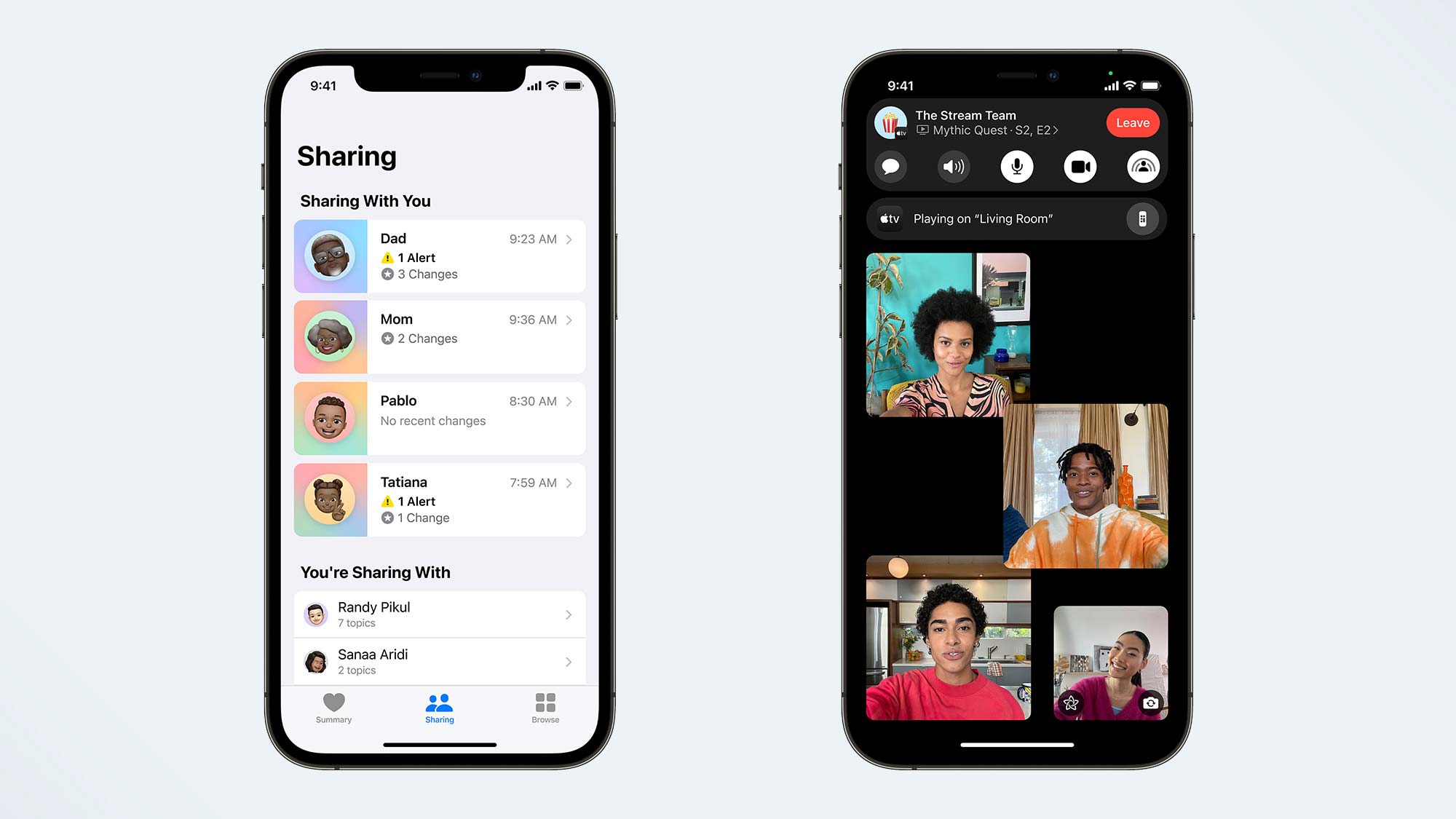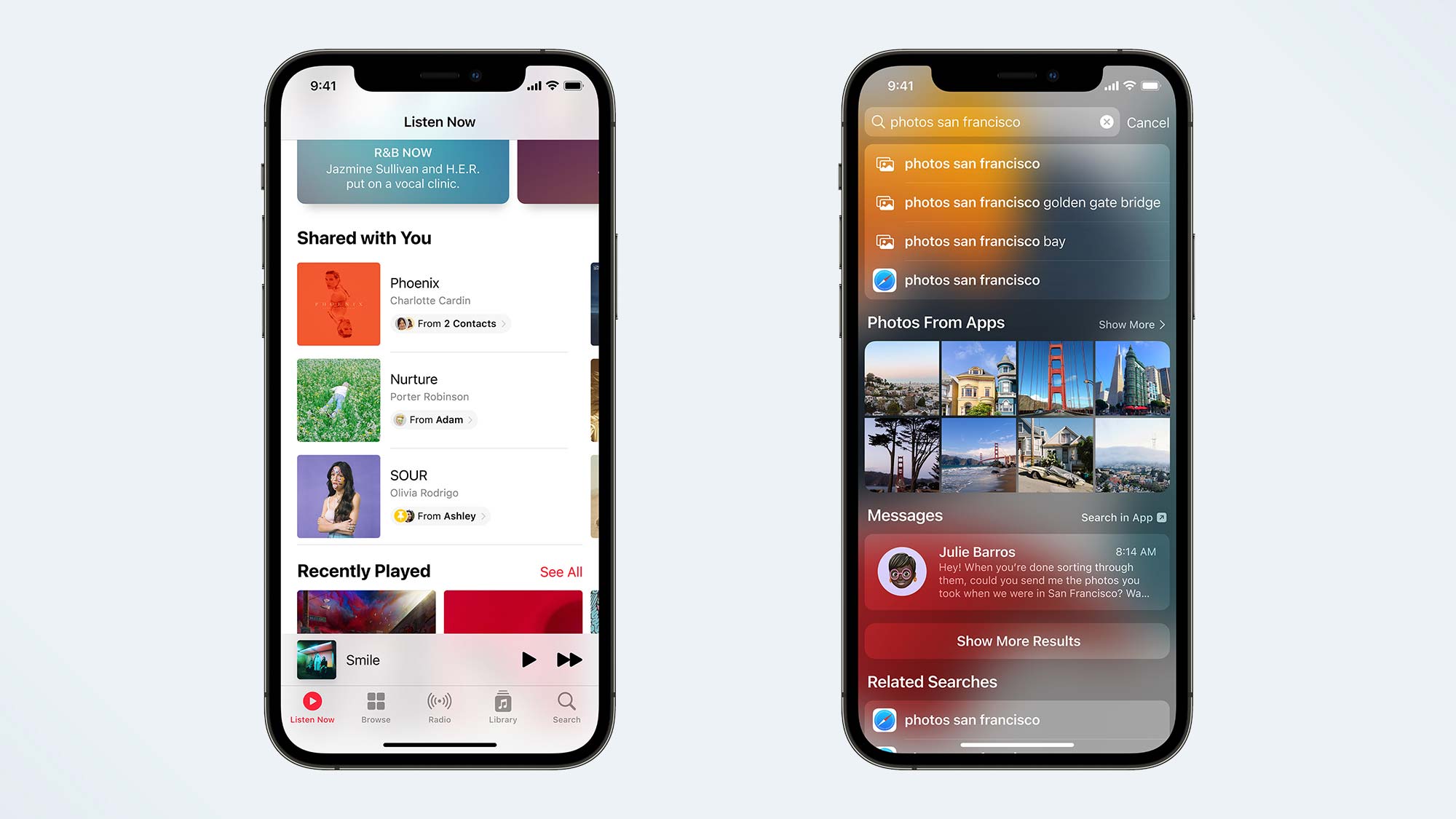How Apple is turning its walled garden into a social network
Apple is laying the groundwork to build a social network inside its walled garden

Two years ago, Mark Zuckerberg said in a lengthy 3200-word blog post that Facebook’s future lies in encrypted, ephemeral communications and he believes “privacy-focused communications platform will become even more important than today’s open platforms.”
Zuckerberg, of course, had his own business’s best interests at heart when he penned it down. After all, Facebook owns the two most-popular messaging apps: Messenger and WhatsApp. But the social giant’s privacy-first vision for communications may already have a major competitor in the company it’s been in a constant tussle with over the last few months: Apple. Yes, the iPhone maker might beat Facebook to the finish line.
At its 2021 WWDC developer conference, Apple laid the groundwork for the kind of private social network Mark Zuckerberg expects to become the future of communications. Apple is updating iOS and macOS with a core new social engine that coalesces its existing communication apps -- iMessage and FaceTime -- with its suite of in-house entertainment services like Music, News, and more. The idea is to expand iMessage and FaceTime beyond conversations and calls so that people would spend more time socializing on them.
On the next version of FaceTime, for instance, you can listen to music on Apple Music, watch movies on HBO Max, or scroll through TikTok’s endless feed together with your friends on a call. Similarly, when someone shares a news article link, a photo album, or a playlist, it will automatically show up in a new section labeled “Shared With You” in the Apple Music, News, and other apps.

That’s not all. On iOS 15, when you look up a contact in Spotlight, it will present a rich social network-like profile of them and include information such as recent pictures they shared with you on Apple Photos, conversations you had with them on iMessage, and more. These additions may not fit into a traditional social network mold yet, but that’s because it’s not meant to be a public platform like Facebook.
Social interaction has been migrating toward private spaces for a while, and Apple is in the right position to take advantage. Its dominance in messaging (in the U.S.) and hardware allows it to comfortably build and promote an intimate social network for people who exclusively live inside its walled garden. It has all the ingredients including a social gaming network with Game Center. It simply has to bring them all together.
In later updates, Apple can push such social integrations deeper into its services and enable users to communicate, share, and do pretty much everything else they’d do on platforms such as Facebook without ever leaving Apple’s territory. Imagine a social feed-like widget on your iPhone that shows updates from the contacts you actively stay in touch with, such as what games they have been playing on Arcade, and pictures and videos they shared on iMessage from a recent trip they took.
Stay in the know with Laptop Mag
Get our in-depth reviews, helpful tips, great deals, and the biggest news stories delivered to your inbox.
Social network leaders like Zuckerberg, whose ad-based empire is in trouble due to Apple’s latest privacy tools, anticipated this. “iMessage is a key linchpin of their ecosystem,” he said in Facebook’s fourth-quarter earnings call earlier this year. “It comes pre-installed on every iPhone and they reference it with private APIs and permissions.”

This isn’t Apple’s first stab at social networking, either. A decade ago, it released “iPing,” a music-oriented social platform where iTunes users could share what they were listening to, their thoughts and opinions, and follow artists as well as friends.
But in 2010, only three years after the first iPhone was launched, Apple didn’t have the technology nor the diverse ecosystem of entertainment apps that it offers today. Now, with over a billion active iPhones and widely used instant messaging communication services, it’s better equipped to build a social network for its most dedicated customers.
And make no mistake, it likely has no plans or reason to go cross-platform. Bringing FaceTime to the web is just enough of a tease to pull in Android or Windows users — whose family or friend circle may already be sharing and communicating via these new iOS social features — to the Apple ecosystem.
Apple’s plan to engineer more social elements into its apps also aligns well with its push toward ramping up revenue from services. Over time, once Apple users grow accustomed to socializing inside these exclusive apps, they’d be more willing to continue investing in platforms like Apple TV+ or even upgrading to the Apple One bundle which gets you access to all of Apple’s services in one subscription.
More people are buying iPhones than ever and an exclusive social network could be Apple’s ultimate trick to keep these buyers from leaving the walled garden. It’s hard to predict how extensive the company’s social platform will shape up to be, but if it does end up going all the way in, it will be close to impossible for competing social networks to encroach on its user base thanks to Apple’s unrivaled vertical integration.
Apple will be in charge of the social network, the software it runs on, and the hardware that powers that software.
Shubham Agarwal is a freelance technology journalist from Ahmedabad, India. His work has previously appeared in Business Insider, Fast Company, HuffPost, and more. You can reach out to him on Twitter.
